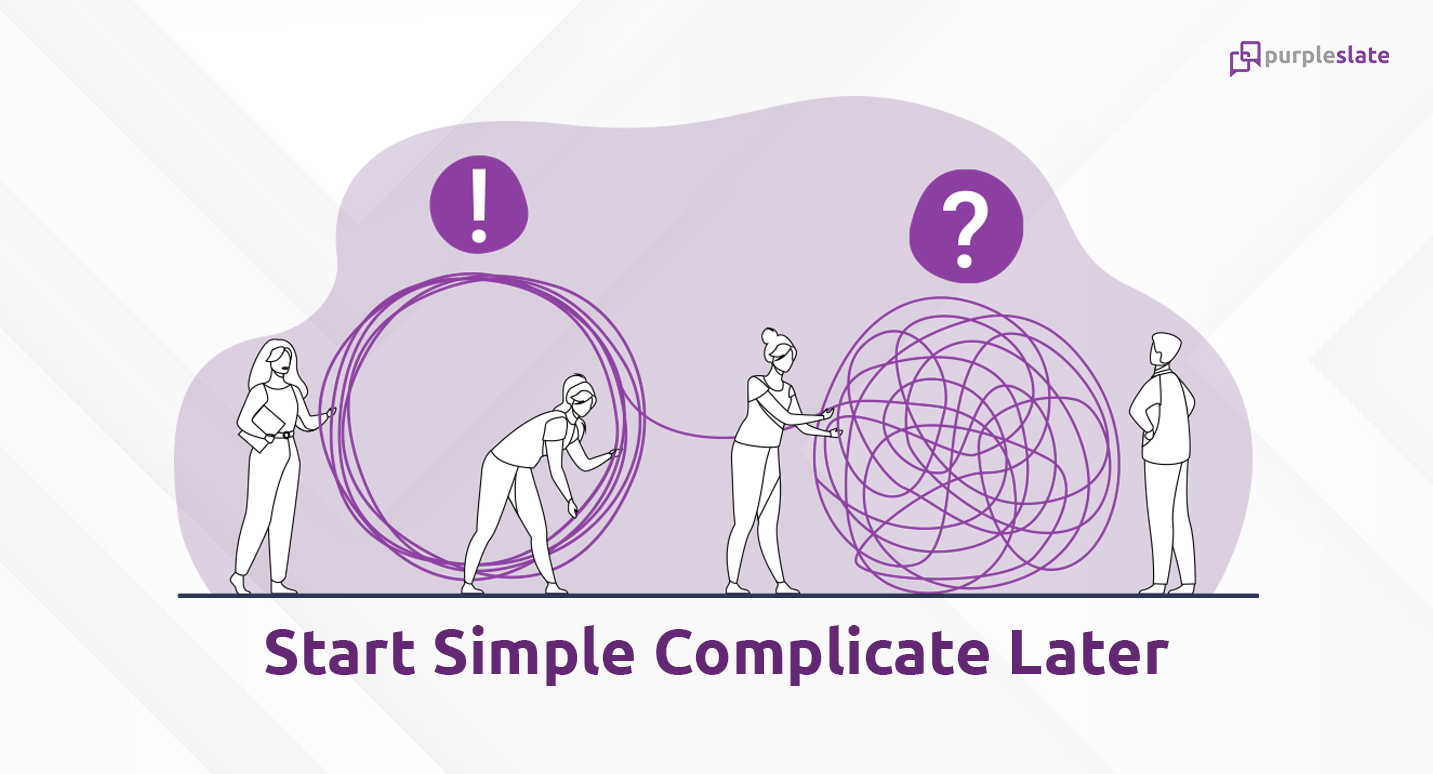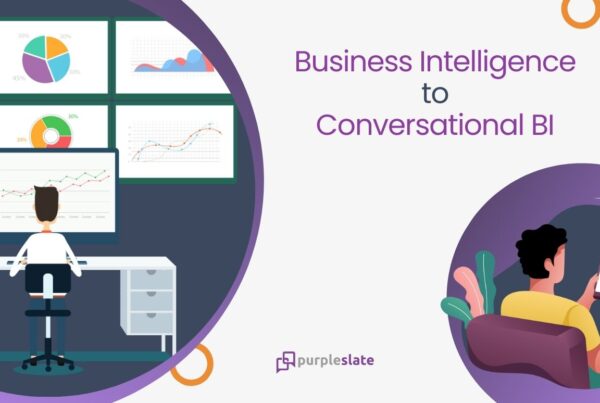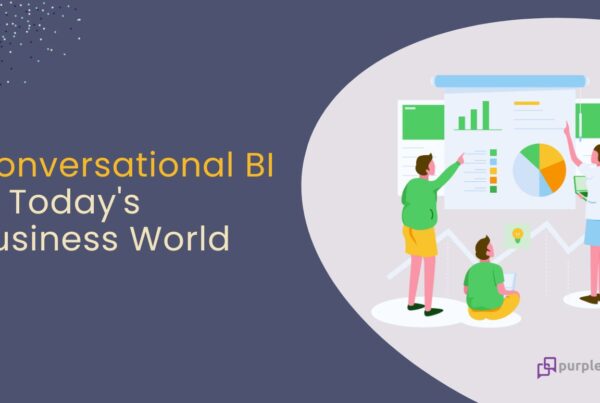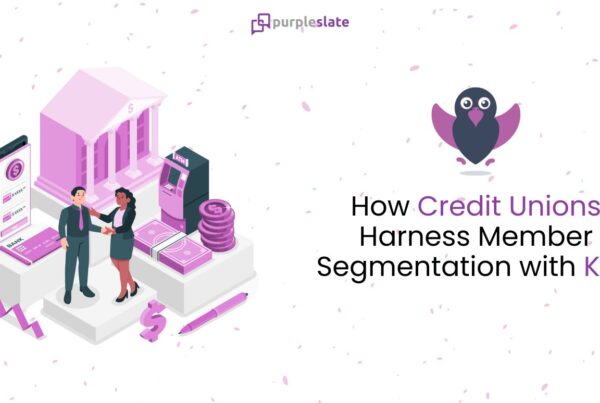
What is the purpose of data?
An evidence of what has happened and used for objective decision making? For any data user persona in any organization – especially small businesses – is the ability to get answers to simple questions on what’s going on around business operations.
With such a simple purpose, why is it then the world of data and information so complex?
Fraught with complicated technologies, methodologies and hence a lot more failure and frustrations. Not to mention the cost and time.
How many new users did I get on my website last week? How many open defects do we have today? Which services cost more this month? How many users are using the new mobile app we launched last month? How many pages not found errors did we get last week? Show me the customers in the East region who are not buying Product XYZ.
Or a very slight improvisation of the questions to make decisions based on what’s Happening.
- Which products sell?
- Which shipping mode do customers never use?
- Which campaigns worked? Which one did not?
Most of the data needs happen to be that – Simple – a simple narration of what’s going on around us in our area of work, whatever that may be. The need is nothing but a tool that enables any person having a question on their data to get the answer.
Where does it get complicated?
Most organizations handle data consumption in two ways.
One, have one or a team of analysts who can deliver the answers via ad-hoc requests, reports or beautiful dashboards.
Second, via the common elixir popularly known as a self-service tool; where the users can get their answers on demand, on their own. The self-service option continues to excite the information user community to keep chasing at it as a pipe dream.
The first option of getting the answers delivered via an Analyst result in lots of ungoverned, ad-hoc work scattered across the organization, with very little reuse and most importantly weak extensibility to answer additional questions. Every additional request becomes a project with its painful time delays. You end up having more reports and dashboards in an organization than the number of users. You have one dashboard for this another for that and none to provide the most important answer when you need it the most.
The second option of self-service is not that easy to achieve and many of the self-service tools are still technical and require a good amount of training and expertise to use them, especially when you invariably need deeper analysis to answer some complex questions and access to granular data.
In their anxiety to cross this chasm, some of the vendor self-service products have turned out to be really technical querying builder tools, which the business users struggle with. Add to that, the last, but important factor. Complexity bias. We, humans, love to complicate things. Given two options, we are more likely to choose the complex one, especially in the field of technology.
We hate simplicity for the very reason that, as a direct corollary of our technology infatuation we equate innovation with fancy jargon. The more jargon you know, the more innovative you are perceived at!
Take the case of Business Intelligence. The definition is so vague that, the number of verbs used in the definition turns out to be monolithic projects on their own in many organizations. Data Integration, connectors, distribution, pipelines, persistence, semantic layers, cubes, warehouses, star schema, facts, dimensions, derived tables, self-service, visualizations, data discovery and the crown in the jewel – dashboards!
Meanwhile, the poor data user continues to yearn for SIMPLE answers. Instead, imagine this.
A platform that lets you Talk to your Data and that can provide Simple answers in the simplest of the interfaces – in simple English constructs. Responses in text, visuals, tables and even voice. Start with a question, keep refining it till you get all your answers and achieve information enlightenment. Like the answers you get? Build a story that you can proudly showcase, share it withers those who care and take action. As simple as that.
Start simple; complicate later!




